Future evolution of glaciers
Maussion, F., Schirmeister, Z. and Schuster, L.
OGGM-Edu Developers (2023)
Uncompensated claims to fair emission space risk putting Paris Agreement goals out of reach
Ganti, G. et al
Environ. Res. Lett. 18 024040 (2023)
Understanding the carbon dioxide removal range in 1.5 °C compatible and high overshoot pathways
Prütz, R. et al
Environ. Res. Commun. 5 041005 (2023)
Ocean acidification in emission-driven temperature stabilization scenarios: the role of TCRE and non-CO2 greenhouse gases
Terhaar, J. et al
Environ. Res. Lett. 18 024033 (2023)
Global glacier change in the 21st century: Every increase in temperature matters
Rounce, D. R., Hock, R., Maussion, F. et al.
Science 379,78-83 (2023)
Adaptive emission reduction approach to reach any global warming target
Terhaar, J., Frölicher, T.L., Aschwanden, M.T. et al.
Nat. Clim. Chang. 12, 1136–1142 (2022)
An emission pathway classification reflecting the Paris Agreement climate objectives
Schleussner, CF., Ganti, G., Rogelj, J. et al.
Commun Earth Environ 3, 135 (2022)
A guide to scenarios for the PROVIDE project
Lamboll, R., Rogelj, J., Schleussner, C. F.
Climate Analytics (2022)
Quantifying uncertainty in aggregated climate change risk assessments
Harrington, L.J., Schleussner, CF. & Otto, F.E.L.
Nat Commun 12, 7140 (2021)
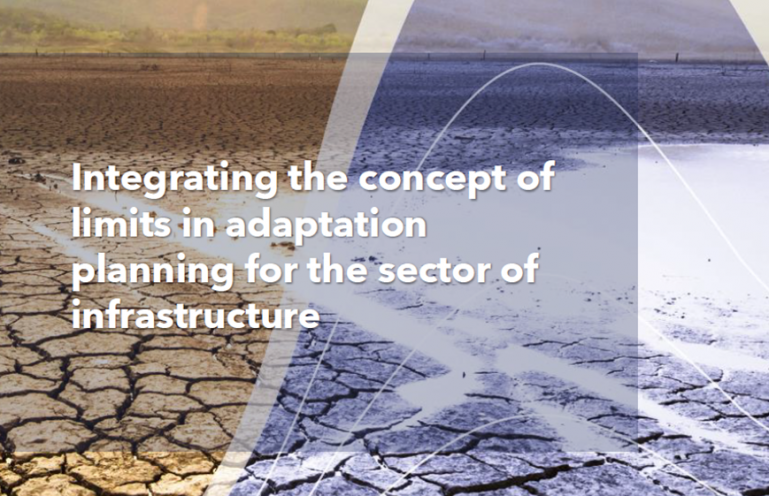
Integrating the concept of limits in adaptation planning for the sector of infrastructure
This report outlines how the concept of limits to adaptation can be integrated into plans of the sector of infrastructure.
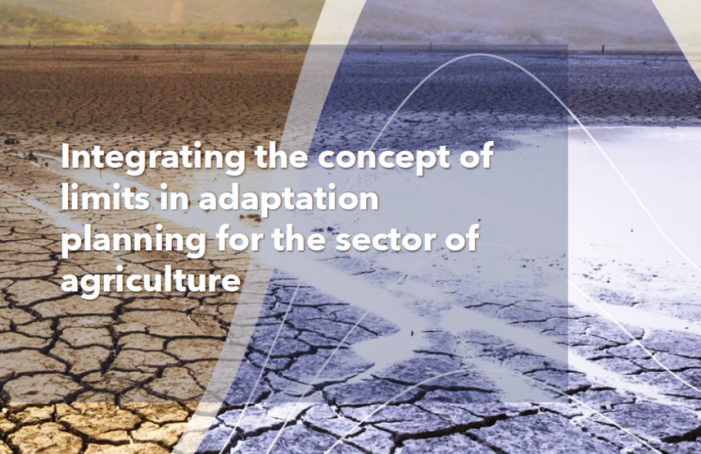
Integrating the concept of limits in adaptation planning for the sector of agriculture
This report outlines how the concept of limits to adaptation can be integrated into plans of the sector of agriculture.
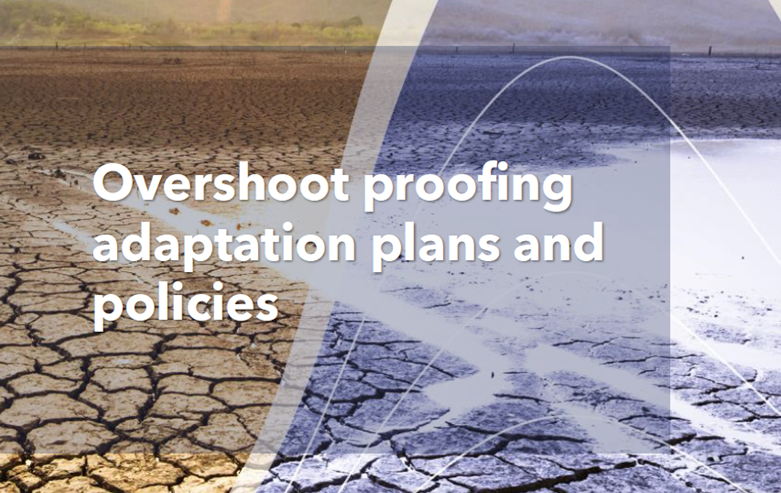
Overshoot proofing adaptation plans and policies
This report presents the updated version of the Overshoot Proofing Methodology and outlines why and when it is relevant to consider overshoot scenarios in adaptation planning.
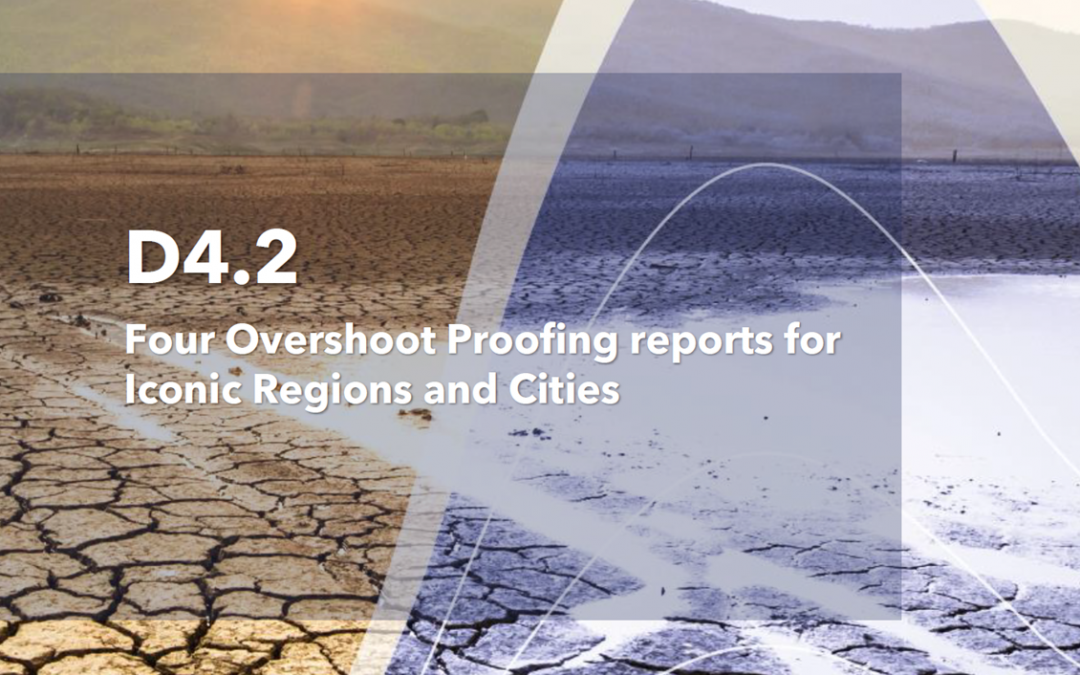
D4.2 Four Overshoot Proofing reports
Four Overshoot Proofing reports for Iconic Regions and Cities
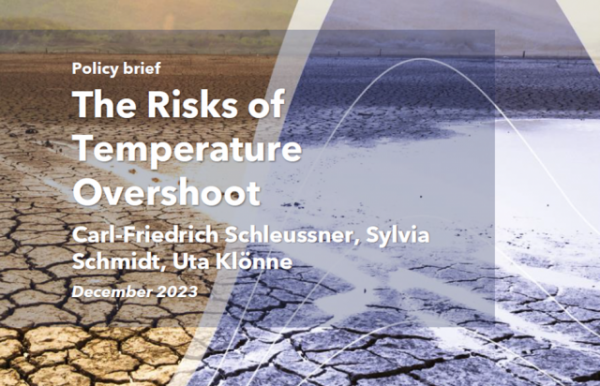
Policy Brief: The Risks of Temperature Overshoot
We need to peak emissions before 2025 on the way to roughly halving GHG emissions by 2030 to minimise the risk of overshooting the Paris Agreement’s 1.5°C limit. However, current policies and pledged Nationally Determined Contributions (NDCs) are inadequate achieve any of these milestone. Urgent and stringent action is needed.
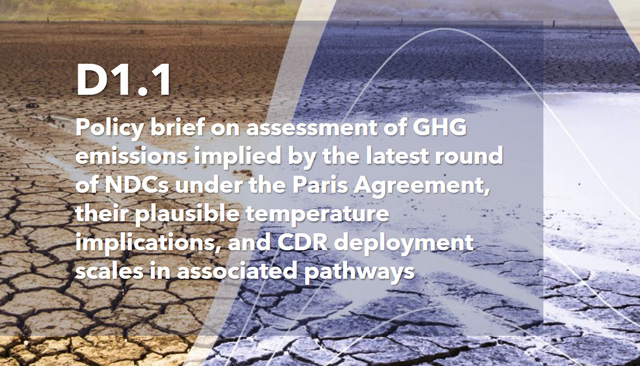
D1.1 Policy brief on assessment of GHG emissions implied by the latest round of NDCs under the Paris Agreement, their plausible temperature implications, and CDR deployment scales in associated pathways
A method to analyze the global warming implications of Nationally Determined Contributions (NDCs) and other long-term emissions reduction targets is described. In addition, a method to understand the potential Carbon Dioxide Removal (CDR) consequences of the implied emissions pathways is presented.
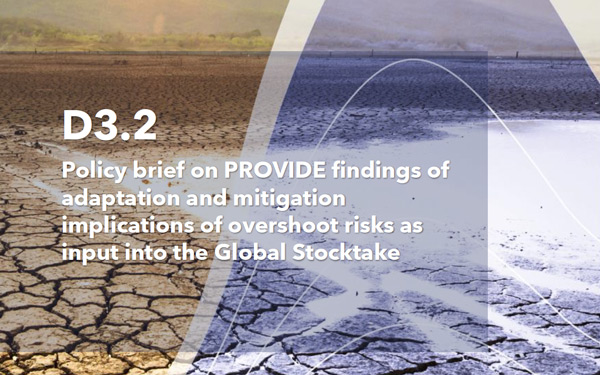
D3.2 Policy brief
Policy brief on PROVIDE findings of adaptation and mitigation implications of overshoot risks as input into the Global Stocktake
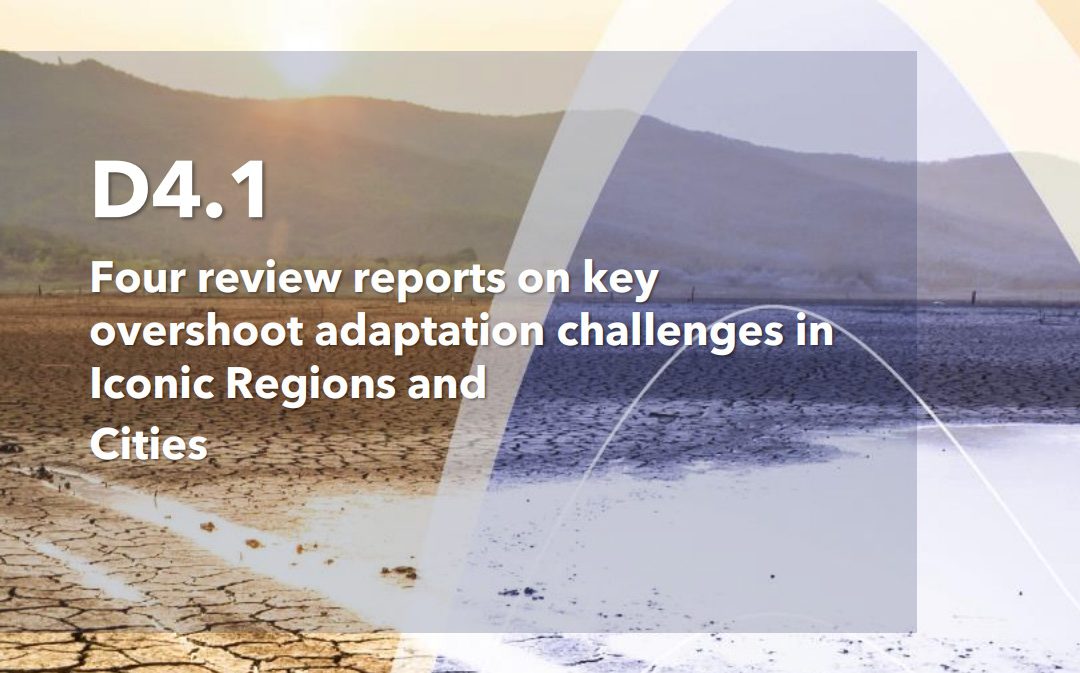
D4.1 Four review reports
Four review reports on key overshoot adaptation challenges in Iconic Regions and Cities
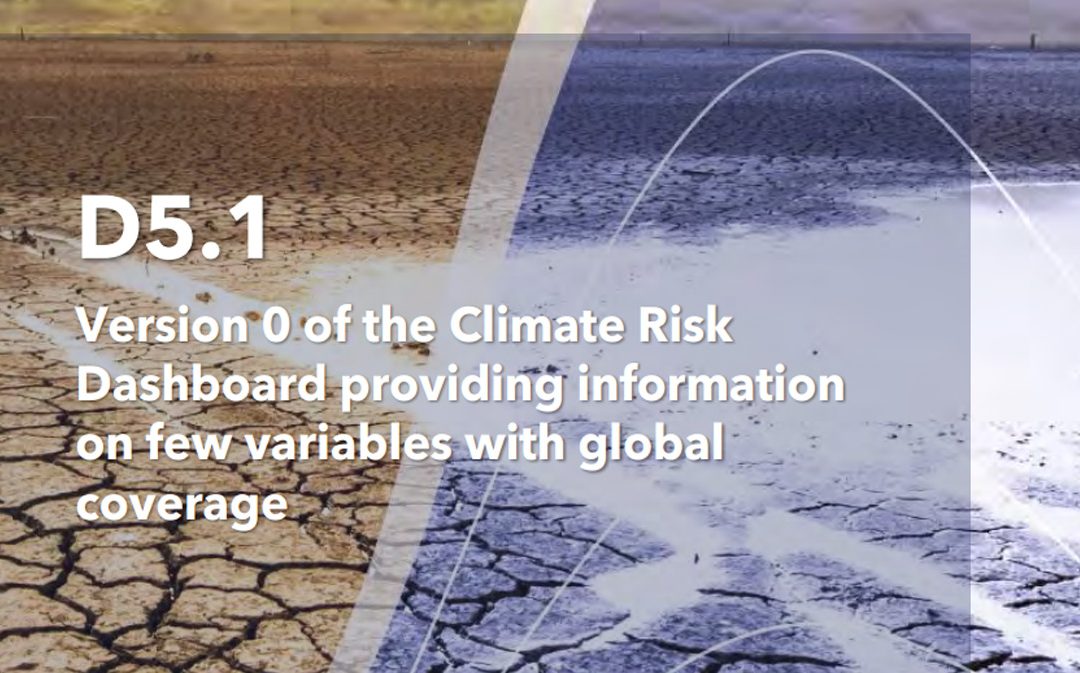
D5.1 Version 0 of the Climate Risk Dashboard
Providing information on few variables with global coverage (Climate Analytics)
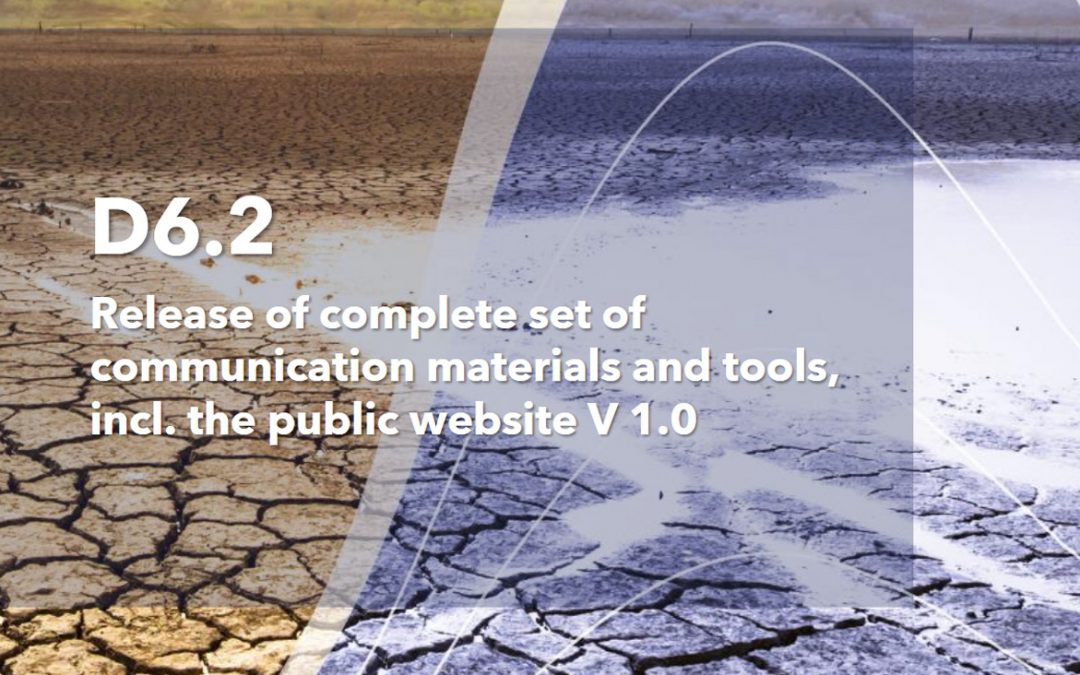
D6.2 Release of complete set of communication materials and tools, incl. the public website V 1.0
This report describes the complete set of communication materials and tools, including the public website (V 1.0). The tools will support the communication activities to raise the awareness in the general public, to reach out beyond the main stakeholder groups of the project and widely distribute project results to different target audiences.
